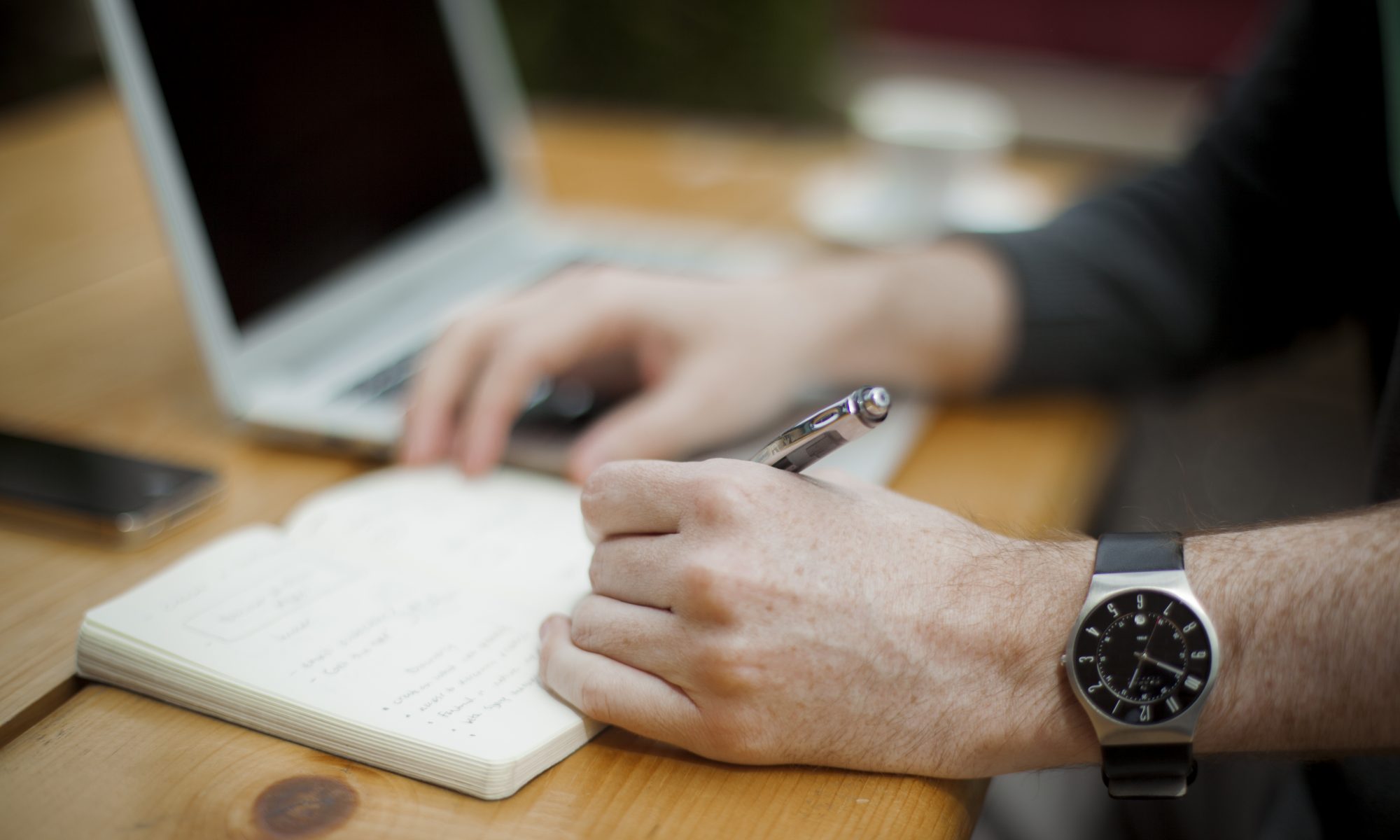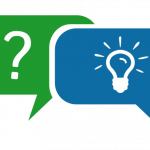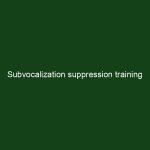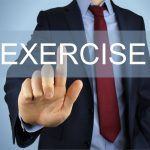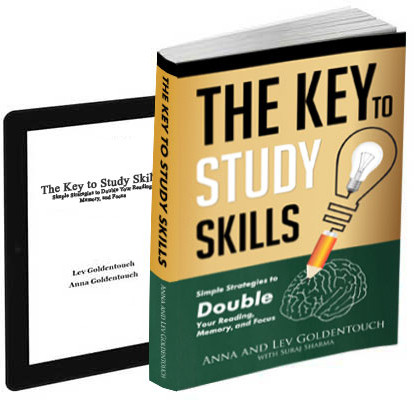This post was invited by Jonathan. The question is very simple: how does superlearner methodology help in standardized tests, like GMAT? We have anecdotal statistics showing that the superlearning students improve their test scores significantly, over multiple criteria. Time management, language skills and problem solving abilities score higher. Below are some explanations. Language skills Many …
How long does it take to generate a marker: discussion.
In the previous post we described some theoretical aspects related to speed of generation and linking visual markers. Here I want to dive in into some interesting conversations on the subject. Scientist007 : A problem with using markers. Now the use of markers can be used anywhere, anytime, with anything. However, I have problem …
Continue reading “How long does it take to generate a marker: discussion.”
Users are welcome to submit their posts
We are interested in your stories: your motivations, your progress, your personal discoveries, how you overcome difficulties, the strategies you have chosen. You can edit our new wiki or submit posts on this blog. Users are welcome to submit their posts. We will publish only the best of them. If you thing that your post …
Subvocalization suppression training
The brain cannot efficiently perform two vocalizations at the same time. This training not only teaches you speedreading, but also opens you to efficient multitasking. This exercise is the simplest way to reduce subvocalization when reading text line by line. Choose to visualize one marker per line. You are allowed to subvocalize 1-2 words per …
Visualization focus training
Here are the initial exercises that help you to develop visualization capabilities. They are also good for controlling your focus and mindfulness. 1. Photograph Find a photograph, and take your time to analyze it. Memorize every detail you can. Then simply close your eyes and try to recreate it in your mind. Bring in as …
How long does it take to generate a marker? – Part 1
One of the most interesting questions starring in the latest discussions is : “How long does it take to generate a visual marker?”. When we describe generation of visual markers we include several different activities, that light up different parts of the brain. Some of them take longer, others are lightening fast. Moreover, the complexity …
Continue reading “How long does it take to generate a marker? – Part 1”
What you will find in this blog
On this blog you will find free training exercises, unique resources and answers to the most interesting questions regarding memory techniques, speed reading, knowledge, creativity, time management and super-learning in general.
Back from vacation
Summer vacation is over and we are back. Here in keytostudy we are making some changes in our format. We are reducing the number of posts and instead offer wider and more balanced experience: more subjects will be discussed, we add a lot of training examples (under “exercises” link), we try to rebalance the blog …
Linking markers exercise
Please notice the page is built for the initial experience and not built for daily use. The page may get very slow. We are building a mobile app. For beta testing please apply to [email protected]. Select pairs or more of markers and think of a reasonable linking. Check your linking ability. Increase up to 15 …
Visual angle training
One of the best training methods when learning saccades is called “Shultz table”. By focusing on the number in the centre of the box and clicking on the number outside of the centre anyone can improve the periphery vision to handle longer saccades. Be careful to rest between sessions, so that your eyes do not …
